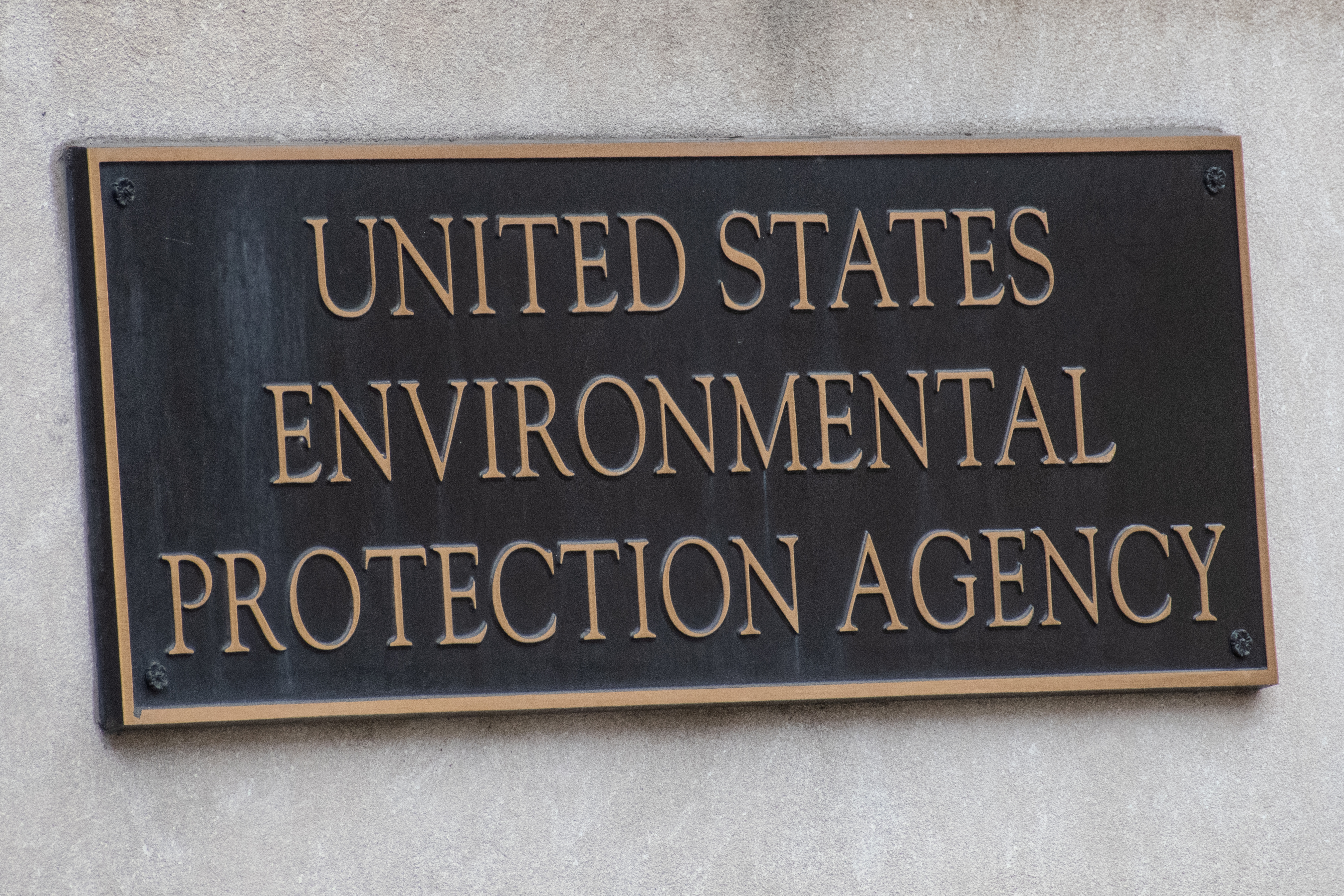We're hiring! Check out our opportunities on our careers page!
Our Office: 4100 32nd Ave. S. Fargo, ND 58104
Our Office: 4100 32nd Ave. S. Fargo, ND 58104

This summer, the Environmental Protection Agency rolled out new regulations for power plants that, if enacted as proposed, will accelerate grid reliability issues and threaten the affordability of electricity across the nation.
Minnkota Power Cooperative and its industry partners issued comments to EPA in August about the unworkable timelines and requirements in its most recent proposals to regulate greenhouse gas emissions from both coal and natural gas power plants. Utilities would be required to implement carbon capture and hydrogen technologies that are promising but not yet commercially available, especially on an unreasonably expedited timeframe. This threatens to push more baseload and dispatchable plants offline in the next decade as the risk of electric grid instability and blackout issues continue to grow.
“Although Minnkota supports investment in carbon capture and storage (CCS) technology, the proposed rule overstates the technology’s current and future capabilities as well as the timeline in which CCS can feasibly be deployed,” said Shannon Mikula, Minnkota’s environmental manager.
The rule requires that coal-based power plants be retrofitted with CCS technology by 2030 or consider various options leading to closure. Natural gas power plants are also required to install CCS, which has never been done on a gas plant before, or co-fire with low-carbon hydrogen, which currently has no reliable supply or transportation infrastructure. Some exceptions are available for peaking gas plants, which operate a limited number of hours each year.
EPA is expected to finalize its proposed power plant rule in the spring of 2024. It is anticipated that the final rule will be subject to significant litigation. See graph below.
What about Project Tundra?
In 2015, the Obama Administration released the Clean Power Plan, the first-ever rule to regulate carbon dioxide (CO2) emissions from power plants. That rule was stayed by the U.S. Supreme Court and ultimately never implemented. The Trump Administration replaced the Clean Power Plan with the Affordable Clean Energy rule, which also faced litigation and was never implemented. Minnkota has responded to these rulemakings by working to develop Project Tundra – one of the world’s largest CCS projects at the coal-based Milton R. Young Station. During this time, Congress enhanced tax credits in 2018 and 2022 to incentivize CCS project development. Financing for the project is largely made possible through federal 45Q tax credits, which provide $85 per ton of CO2 that is permanently stored.
“Despite all the regulatory uncertainty, our board and staff have committed to the view that we are going to live in a carbon-managed world and we’ll need to develop technologies and strategies to help us navigate this challenge,” said Mac McLennan, Minnkota president and CEO. “We want to be part of the solution, but there needs to be an understanding that America’s electric grid can’t be completely transformed overnight.”
After nine years of development, Minnkota is nearing a final decision on Project Tundra in 2024. Minnkota continues to assess how the project might work as a compliance strategy with the EPA proposal.
“Project Tundra benefits from strong local, state and federal support, along with ideal geology for CO2 storage
directly beneath the power plant site,” McLennan said. “Not every coal plant is equipped with these resources and it will be near impossible for another utility to start from scratch and develop its own unique CCS system on the timeline provided under this proposal.”